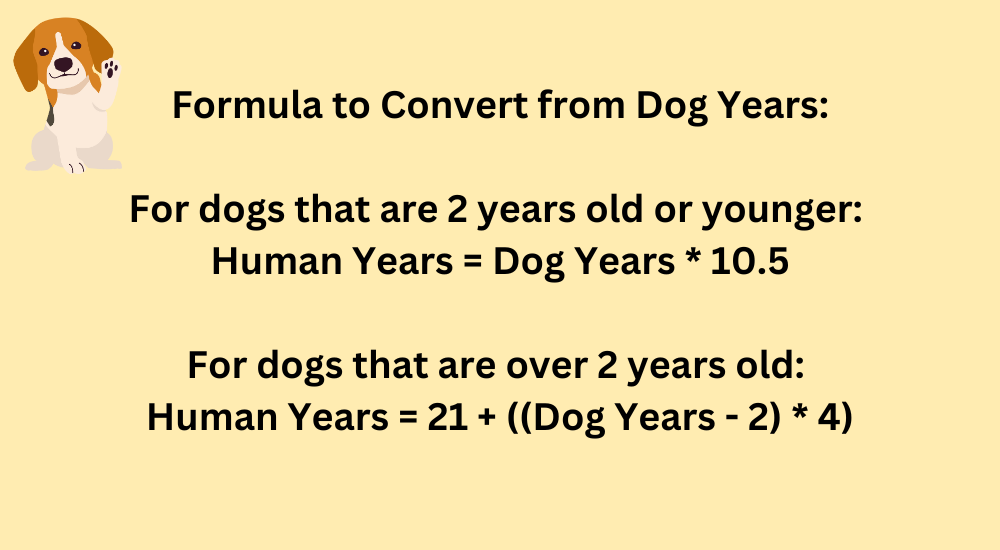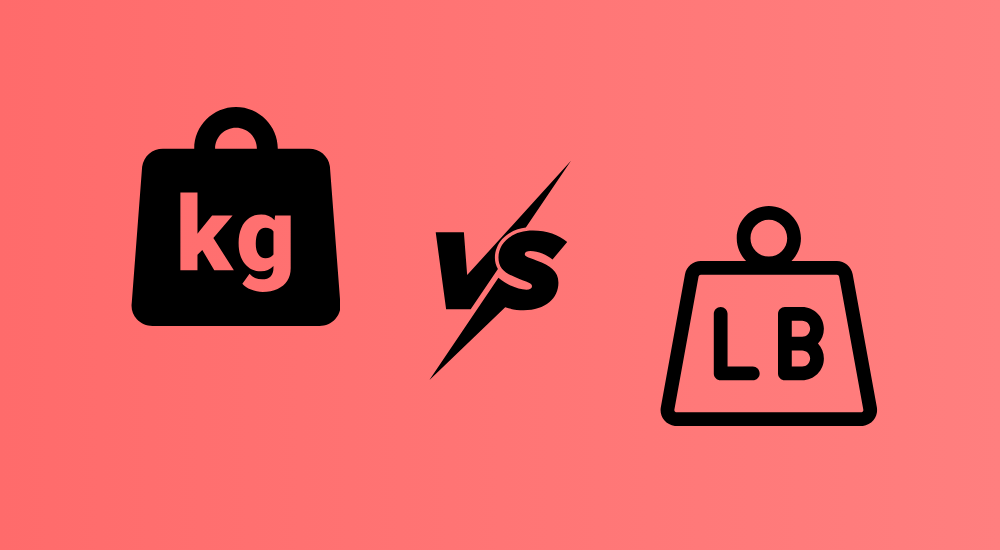Dog Age Calculator
Have you ever wondered how old your dog is in human years? With this calculator, you can easily get an estimate in approximate human years.
There are indeed several factors that affect a dog's expected lifespan, including breed, general size, and genetic predispositions. Regardless, it can still provide a rough estimate.
Converting dog years to human years

How much is one dog year? To calculate the age, many use the following formula:
If the dog is exactly 2 years old or younger, the dog's age is usually multiplied by 10.5. If the dog is over 2 years old, the first two years are multiplied by 10.5, and each year beyond two is converted to 4 additional years.
If the dog is 3.5 years old, the calculation would look like this:
10.5 * 2 years = 21 years
- 1.5 * 4 years = 6 years
21 years + 6 years = 27 years
Answer: 3.5 years corresponds to approximately 27 human years
This method gives us a fairly accurate reflection of how dogs age compared to humans. Puppies and young dogs grow significantly in their first few years, and this development tends to slow down as they age.
Adjusting the growth rate after the first two years makes the formula more accurately reflect the true aging process of dogs. Thus, dog owners can make more informed decisions about their pet's care and life course.
By using this calculation, you can gain a broader understanding of your dog's age and what it means for both health and well-being. If you plan for your dog's future, this information will be useful to know in terms of understanding their life stage and needs.
Table of dog years to human years
| Dog years | Human years |
|---|
The myth that one human year equals seven dog years
The original concept of converting dog years to human years with a 7:1 ratio has existed for many decades, becoming almost a truth about how people relate to their pet's age.
It is believed that the method likely originated in the mid-20th century, a time when veterinary science was not nearly as advanced. A simple formula was therefore necessary for the public to easily grasp the concept of aging in dogs.
The reasoning was as follows: The average human lifespan at the time was about 70 years, and the average lifespan for a dog was about 10 years.
Thus, dividing the human lifespan by the dog's lifespan resulted in a 7:1 ratio. This simple formula was practical for people to understand, and the rule quickly took hold among the population.
However, there are several reasons why this calculation is not entirely accurate and why it has largely been dismissed in modern veterinary science. More recent findings show that smaller breeds live longer than larger breeds. Improved healthcare has also contributed to an increase in average lifespan.
Related topic: Cat years to human years calculator

















